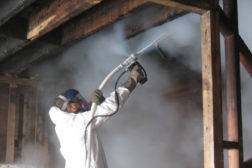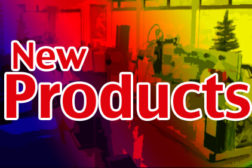Mold Remediation
Both Long Island homes took two days to complete deconstruction and the damage estimates were between $6,000 and $6,500
Read More
IICRC S520 Draft Standard Now Available for Public Review
IICRC S520 is a procedural standard and reference guide for the remediation of mold damaged structures and contents
July 8, 2013
Going “Green” with Mold Remediation: With and Without Chemicals
From media blasting to environmentally-friendly chemicals.
Read More
Catching up with the IICRC
The IICRC Certification Council and Board of Directors meeting were held in Las Vegas April 21-23.
Read More
Looking Back at the Mold Remediation Symposium
The one-day, hands-on event gave remediators the tools and knowledge to take on additional mold jobs.
April 11, 2013
Preventative Coatings and Why They Matter to Your Customers
Restoration professionals must be able to communicate the fundamental principles of mold remediation
Read More
IICRC Provides Update on S520 Standard
ANSI has withdrawn approval from standard.
March 6, 2013
ANSI Officially Withdraws Approval of IICRC S520 Standard
ANSI withdrawal stems from an audit that found deficiencies in record keeping and documentation
March 5, 2013
Get our new eMagazine delivered to your inbox every month.
Stay in the know on the latest disaster restoration and remediation trends.
SUBSCRIBE TODAY!Copyright ©2022. All Rights Reserved BNP Media.
Design, CMS, Hosting & Web Development :: ePublishing









